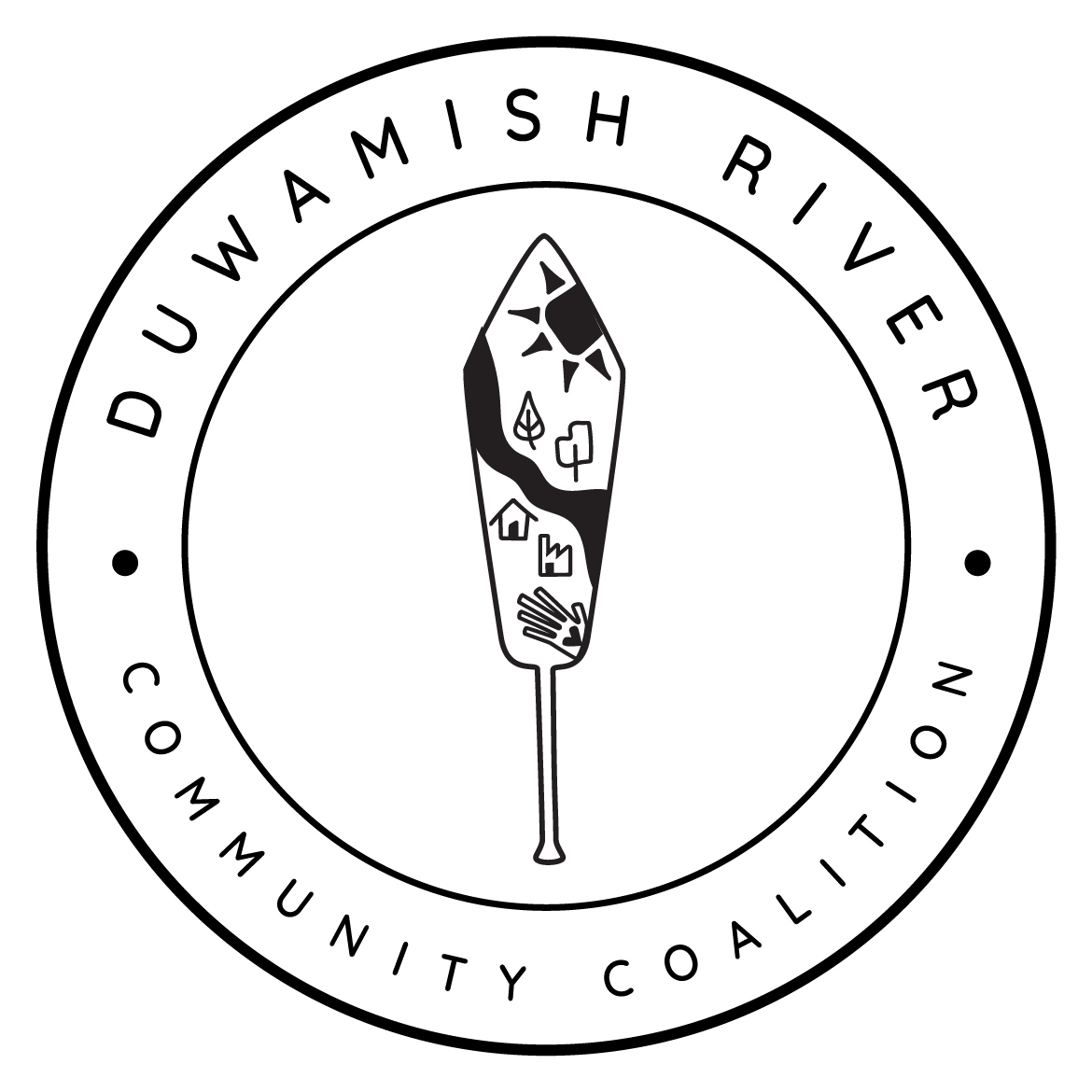State of the Duwamish Valley
〰️
State of the Duwamish Valley 〰️
Health Equity
Environmental Justice is more than cleaning-up the Duwamish River
As a result of nearly a century of industrial activity, the Duwamish River was designated a Superfund Site by the United States Environmental Protection Agency (EPA) in 2001, identifying it as one of the nation’s most toxic hazardous waste sites. With this designation comes the mandate that it will be cleaned. A total of 5.5 miles of the Duwamish River and 412 acres was identified to be cleaned up.
Since then, EPA has worked with these groups, agencies, and a diverse range of communities to study pollution in the river, its effect on people’s health and the environment, and several possible alternatives for cleanup. Following a proposed cleanup plan released in 2013, the Final Cleanup Plan or EPA’s “Record of Decision” (ROD) was released in December 2014. This plan details what types of technologies will be used to clean up different levels of contamination as well as the extent of the river’s cleanup.
The University of Washington Superfund Research Program has partnered with agencies and community groups focused on the cleanup for over a decade. Most recently, the program has been assisting in efforts to educate local communities about the safety of eating fish from the river.
In 2013, the University of Washington School of Public Health, Just Health Action, and DRCC/TAG partnered together to examine possible unintended health benefits and consequences of EPA’s proposed cleanup plan, such as opportunities for local employment in cleanup related jobs or changes in diet and cultural practices resulting from contaminated fish. This Health Impact Assessment was funded by the Health Impact Project, a partnership of the Robert Wood Johnson Foundation and the Pew Charitable Trust. The HIA made recommendations for strategies to maximize benefits, minimize health impacts, and reduce inequities.
Youth Scientists discover indicators of heavy metal pollution in Duwamish Valley moss through a community science project
DRCC’s Duwamish Valley Youth Corps partnered with federal scientists from the US Forest Service, local government and universities, community leaders, and health advocates to conduct a community-based pilot project to measure heavy metals in moss on street trees. Using community-based participatory methods, 26 teens from the Duwamish Valley learned how to collect moss samples to use as an indicator of air pollution in Georgetown and South Park. This project aims to use the information gathered from moss sampled to reduce air pollution and, ultimately, improve the community’s health.
“I earn my living close to home, and the river is a central part of this—my home and my job. Along with my brothers and sisters on the waterfront, my health depends on a clean and safe place to work, which means we have to take care of river and the spaces around it. My family’s and next generation’s future depends upon preserving our common cultural and economic place that is the Duwamish.”
Healthy River/Healthy Communities
The Healthy River/Healthy Communities (HR/HC) project is aimed at implementing the recommendations from the Health Impact Assessment: Proposed Cleanup Plan for the Lower Duwamish Waterway Superfund Site as well as related community development priorities (like priorities identified in the community’s 2009 Duwamish Valley Vision Plan and Map, the 2013 Cumulative Health Impact Analysis community-based participatory research, surveys, and community prioritization workshops). The project will work with affected communities and federal, state, and local decision-makers to accomplish these goals.
To this end, the HR/HC project established a community-based “action team”/ “advisory group” and 10 project partners to prioritize, refine, and help implement recommendations. These recommendations range from creating open space and public access at riverfront cleanup areas to training and hiring local residents for cleanup jobs, increase tree canopy coverage in the valley, general neighborhood beautification, business vitality, economic development, and more. So far, we have leveraged this initial grant into over 1.1 million dollars invested in community priorities!




